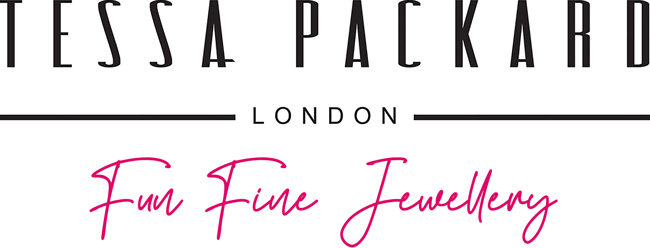
May 2019
Kill or Cure at the Chelsea Physic Garden
As part of the Enchanted Garden series guests were invited to the world renowned Chelsea Physic Garden to learn about plants that kill and plants that cure.
The private tour started with a short background to the garden’s history and explanation as to how the garden is still relevant today as one of the most important centres of botanical research and medicine. Next guests were taken to an area of the garden which cultivated useful plants for the industrial and manufacturing sectors. One such example was the sunflower, celebrated internationally for its unique and astounding ability to remove and neutralise radioactive waste from the soil. After Hiroshima, Fukushima and Chernobyl thousands of sunflowers were planted in the contamination zones to help reduce the toxicity of these areas.
Guests were then shown around the Garden of Medicinal Plants, first established by the Worshipful Society of Apothecaries in 1673. Here the garden is divided into different zones depicting the plants first used by first-century Greek physicians, the plants grown by British apothecaries in past centuries, and the plants still used in modern medicine for their unique properties. Interesting examples included the foxglove, typically seen as a very poisonous plant. Guests learnt about the very narrow therapeutic window that often exists between a safe and harmful dose, as with this flower. The cardiac glycosides in the foxglove make it a brilliant plant to treat various heart conditions; this very compound can also be lethal if taken incorrectly.
The tour ended with a lesson in plant identification. Guests were taught that many safe or curing plants have identical, poisonous dopplegangers. The hogweed, for example, is almost indistinguishable from the hemlock, which is poisonous to the touch and fatal if ingested.

